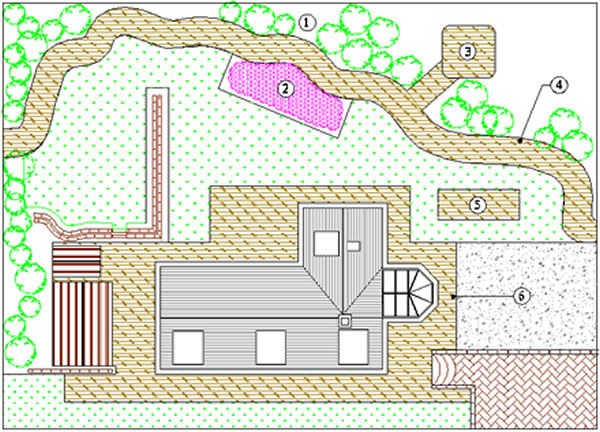Quick links
- 1. Repellents
- 2. Protective clothing
- 3. Babies and toddlers
- 4. Tick-free play areas
Keeping very young children protected can be a bit more difficult than with older children. The following tips can help to keep the chances of ticks attaching to a minimum.
1. Repellents
DEET-based repellents are not suitable for children under 2-3 years of age, or for pregnant women. Most well-known brand names of insect repellent come in a “Family Care” range which are DEET-free and are usually suitable for children over 6 months. The Mosi-guard range can be used on children 3 months and over. Always check the manufacturer’s instructions to confirm the effectiveness against ticks and the requirements for re-application. Sunscreen should always be applied prior to repellents.
Children may be at greater risk of adverse reaction to repellents so they should be used sparingly and only on children over the recommended age, which will be given on the product packaging. Children should never apply repellents to themselves and the repellents should be kept out of their reach. Do not apply repellents to the hands of young children as this may result in accidental contact with the eyes or mouth.
2. Protective clothing
Dressing your child appropriately can also help to prevent ticks coming into contact with their skin.
Clothing with elasticated cuffs and waistband, and tucking long trousers into socks, will help to discourage ticks from crawling inside the clothing.
Light-coloured fabrics make it easier to see any ticks that are crawling on the clothes.
If your child is old enough to walk unaided, it is important that you dress them appropriately when they are going to be in areas where ticks may be.
3. Babies and toddlers
If you are carrying your child in a baby carrier or sling in tick habitat, make regular checks of the carrier, their clothing, as well as their skin. Ticks can drop off vegetation as well as latching on to clothing as we brush past. Any wandering ticks can be brushed off before they have a chance to come into contact with the skin if regular checks are made.
If you live, or are holidaying, in areas with a high tick population, mosquito netting can be used over prams or strollers and is a good defence against most insects.
Make sure you read our Top Tips to keep you and the rest of your family safe!
4. Tick-free play areas
If you have a wildlife garden, or your garden is very close to woodland, heathland or moorland, there is a good chance that there will be ticks around.
Ticks need a high level of humidity to survive and so careful use of paving, gravel and woodchip in your garden can make your child’s play area much less attractive to ticks.
Our diagram demonstrates how you can create a buffer zone against ticks.
Buffer methods:
- 1 – Tree line of woods, or shrub area.
- 2 – Deer-resistant flower garden.
- 3 – Wood pile and bird table kept outside the perimeter barriers.
- 4 – Perimeter barrier: paths of paving, gravel or wood chip, should be a minimum of 2 foot wide and 3 inches deep.
- 5 – Recreation area with wood chip base.
- 6 – Gravel or wood chip barrier topping to all walkways or planted areas close to the house, if not paved.
Additional tips:
- Keep grass short at the edge of paths.
- Cut back shrubs and bushes, to prevent overhanging vegetation. Ticks use overhanging grass and plants to wait for a host.
- Keep lawns short. Create a barrier of wood chip between the lawn and shrub area.
- Keep ground cover plants to a minimum. Rake up leaf litter and compost it.
- Isolate bird feeders by creating a wood chip barrier.
- Keep seating and play equipment away from borders, trees, and bird feeders.



